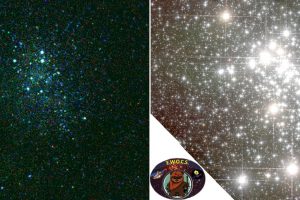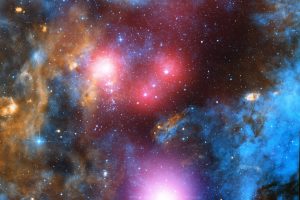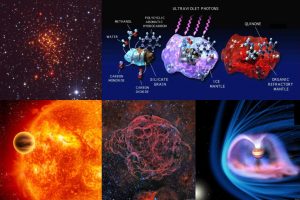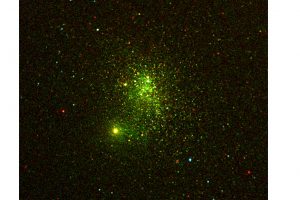The super star cluster Westerlund 1 observed in X-rays. The study: “EWOCS-I: The catalog of X-ray sources in Westerlund 1 from the Extended Westerlund 1 and 2 Open Clusters Survey” of M. G. Guarcello (INAF-OAPA) recently appeared on A&A

Stellar clusters are important targets for studying stellar evolution and, in the case of the youngest star clusters, the products of the star and planet formation processes. Our galaxy hosts a rich population of young stellar clusters, typically with masses of a few hundred solar masses. In the solar neighborhood, for instance, there are only a few young clusters with
» Read more


